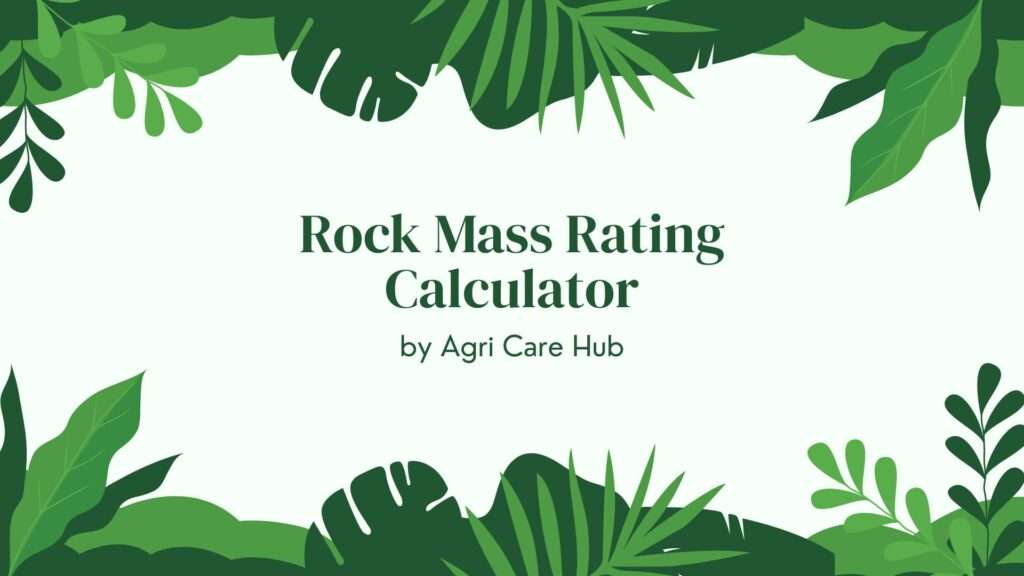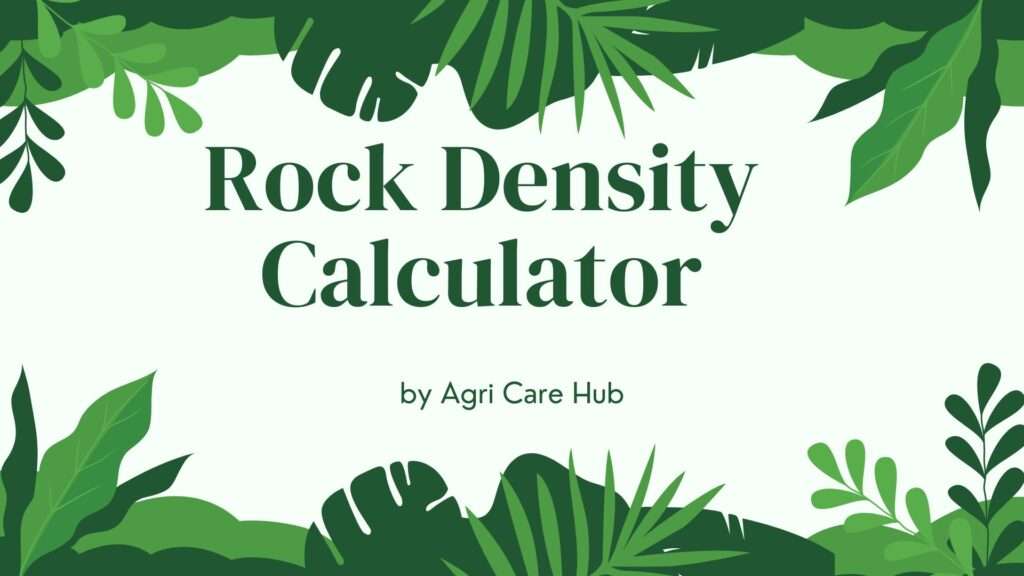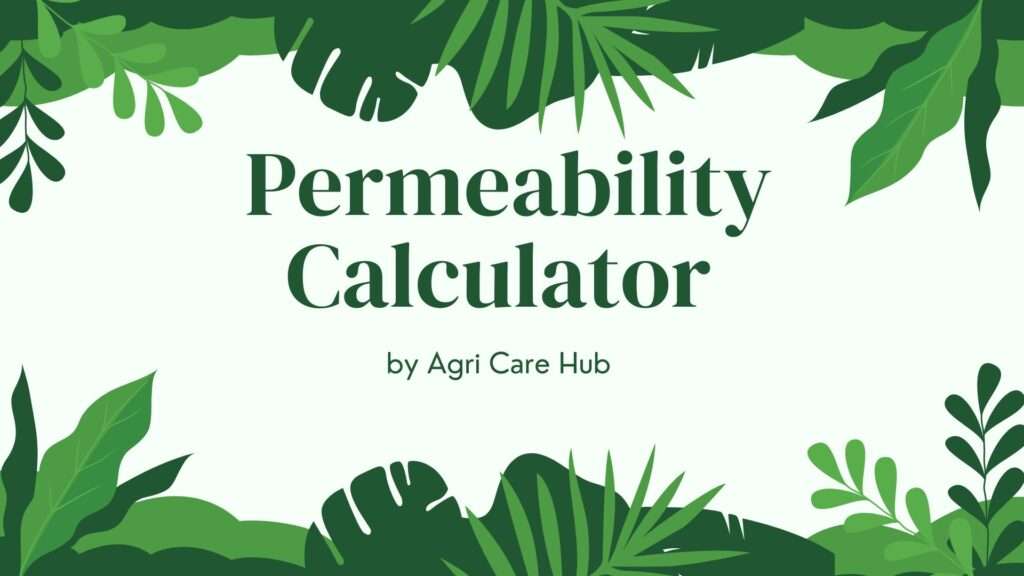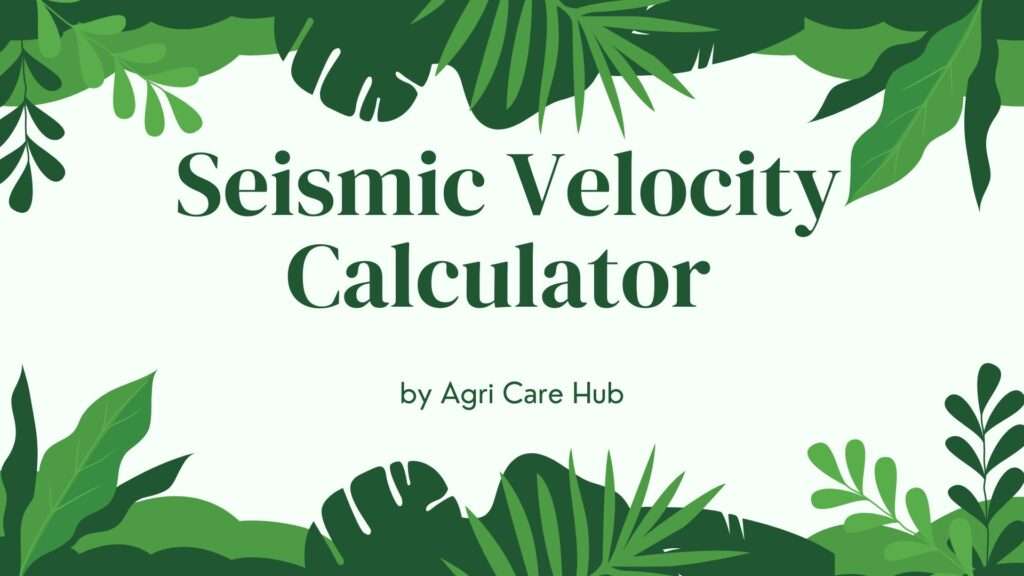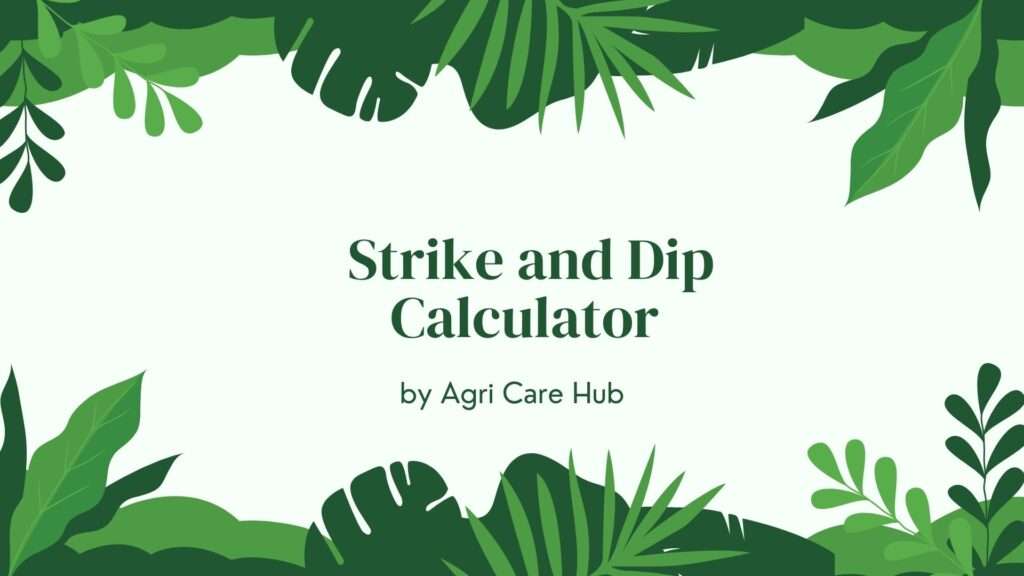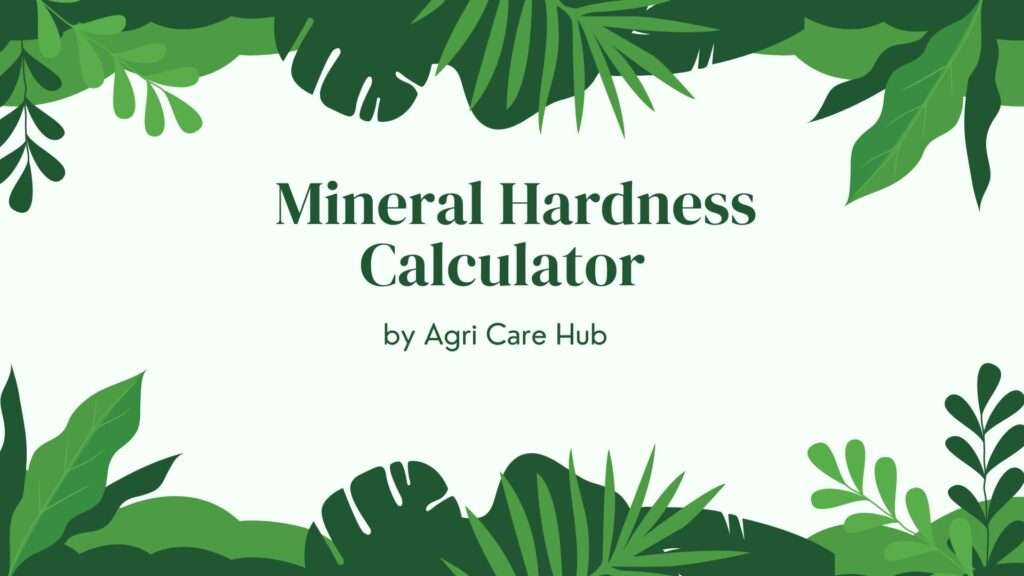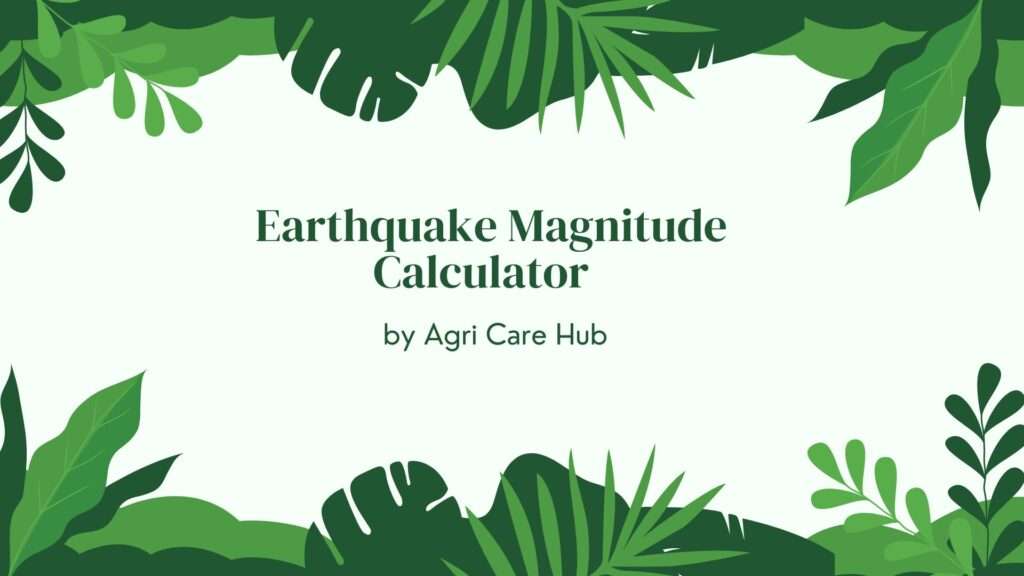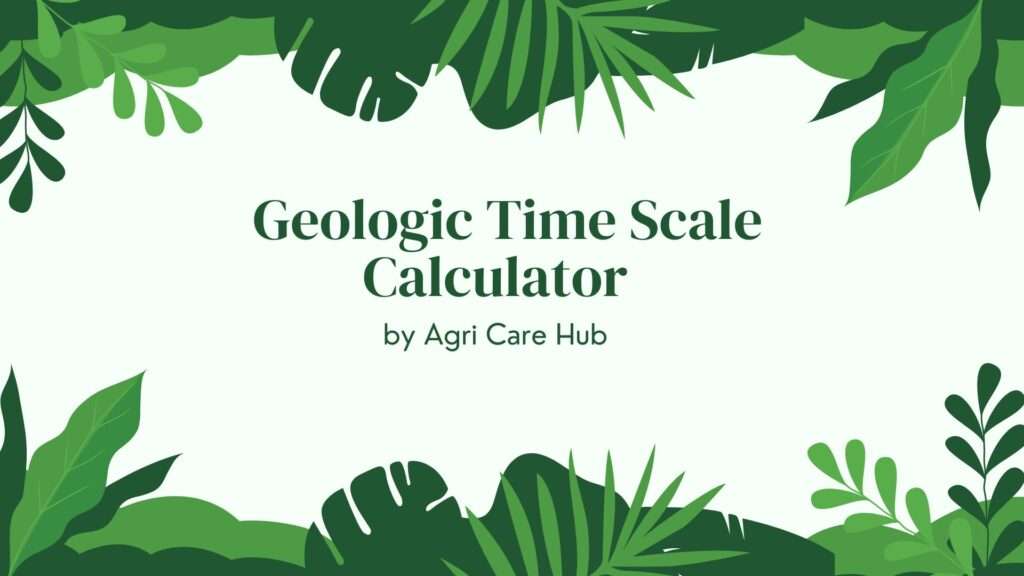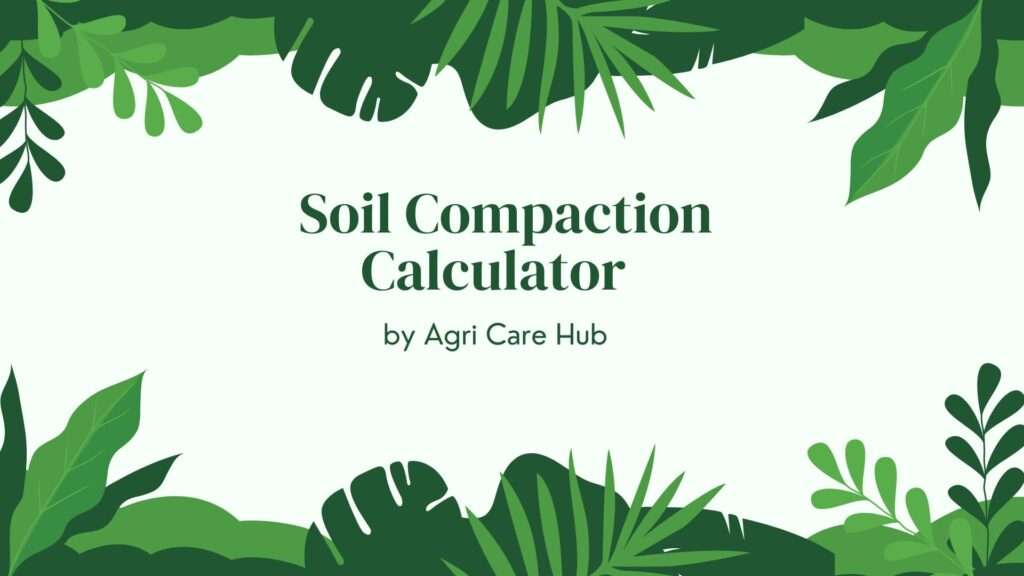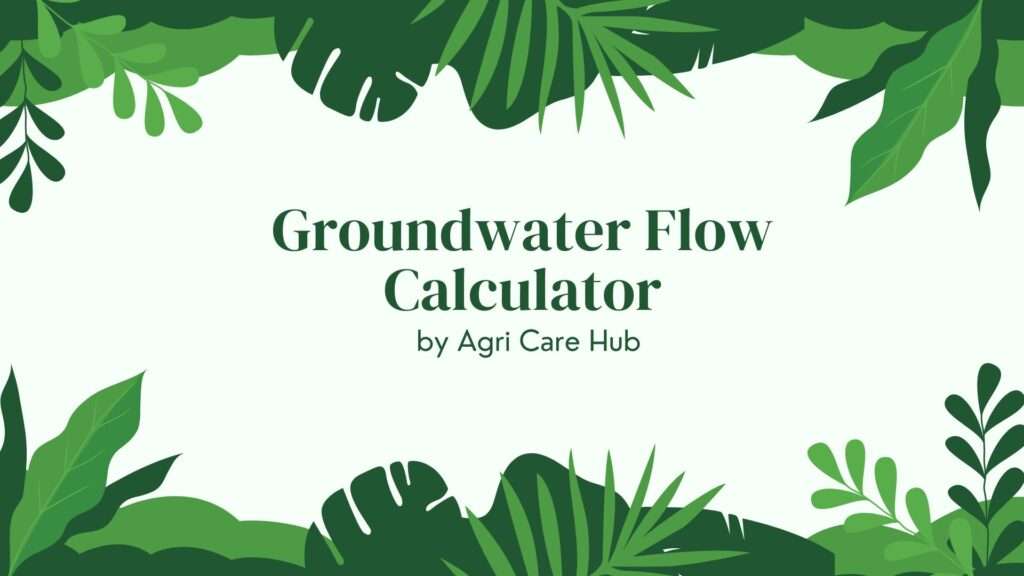Rock Mass Rating Calculator
Calculate Rock Mass Rating (RMR)
Enter the parameters to calculate the Rock Mass Rating based on Bieniawski’s RMR system.
The Rock Mass Rating Calculator is a scientifically designed tool to evaluate rock mass quality using Bieniawski’s Rock Mass Rating (RMR) system, a widely accepted geotechnical classification method. This calculator provides accurate RMR values based on peer-reviewed methodologies, making it an essential resource for geotechnical engineers, researchers, and professionals in mining, tunneling, and slope stability analysis. By inputting parameters like uniaxial compressive strength, RQD, discontinuity spacing, condition, groundwater, and orientation, users can assess rock mass stability for engineering applications.
Developed with insights from Agri Care Hub, this tool ensures reliability and ease of use. It supports applications in tunnel design, slope stability, and agricultural land management in rocky terrains, where rock mass quality is critical. The RMR system assigns ratings to six parameters, summing them to a value between 0 and 100, which classifies rock mass from very poor to very good.
The RMR system is a cornerstone of geotechnical engineering, providing a standardized method to assess rock stability. This calculator simplifies the process, making it accessible for both academic research and practical applications in infrastructure development and hazard assessment.
The Rock Mass Rating Calculator is vital for assessing rock mass quality, a key requirement in geotechnical engineering, mining, and civil engineering. Accurate RMR values are essential for designing stable tunnels, slopes, and foundations, as well as mitigating geohazards in rocky terrains. This tool provides precise results based on Bieniawski’s peer-reviewed RMR system, supporting applications in infrastructure design, mining safety, and land management.
In tunnel design, the calculator helps engineers determine the required support systems based on rock mass quality, ensuring safety and stability. For example, Agri Care Hub integrates such tools to assess rock stability in agricultural regions with rocky terrains, promoting sustainable land use. In mining, it aids in evaluating excavation stability and safety. In slope stability analysis, it supports the design of safe slopes to prevent landslides.
The calculator’s reliance on the RMR system ensures accuracy, reducing errors in manual assessments. It offers a standardized approach to rock mass classification, accessible to both experts and beginners. By computing RMR values, the tool supports decision-making in infrastructure design, hazard mitigation, and educational settings.
Additionally, the calculator enhances scientific education by simplifying complex geotechnical concepts, allowing students to explore rock mechanics interactively. Its applications extend to environmental science, where it supports studies on rock stability in areas affected by erosion or seismic activity, and to agriculture, where it ensures stable terrain for farming. By providing rapid and accurate RMR estimates, the calculator promotes efficiency and reliability across multiple disciplines.
The tool’s ability to account for site-specific conditions, such as groundwater and discontinuity orientation, enhances its real-world applicability. Its standardized methodology ensures consistency, supporting global efforts to ensure safe and sustainable engineering practices.
To use the Rock Mass Rating Calculator, follow these steps:
- Uniaxial Compressive Strength (UCS): Select the UCS of the rock (MPa) from the dropdown, based on laboratory tests or field estimates.
- Rock Quality Designation (RQD): Choose the RQD (%) based on core recovery data.
- Discontinuity Spacing: Select the average spacing of discontinuities (m) observed in the rock mass.
- Discontinuity Condition: Choose the condition of discontinuities (e.g., roughness, filling) based on field observations.
- Groundwater Condition: Select the groundwater condition observed at the site.
- Discontinuity Orientation Adjustment: Choose the orientation adjustment based on the alignment of discontinuities relative to the structure.
- Click Calculate: The tool will compute the RMR value and display the rock mass classification.
Ensure selections are based on accurate field or laboratory data. For precise results, consult geotechnical reports or resources like Agri Care Hub for typical values in specific regions. Double-check selections to avoid errors.
The calculator follows Bieniawski’s RMR system, assuming uniform rock conditions. For complex rock masses, consider detailed geotechnical analyses or expert consultation to validate inputs.
The Rock Mass Rating Calculator is ideal for scenarios requiring accurate evaluation of rock mass quality. Use it when:
- Designing Tunnels or Excavations: Assess rock stability to determine support requirements.
- Conducting Slope Stability Analysis: Evaluate rock mass quality to prevent landslides.
- Mining Operations: Ensure safe excavation and stability in underground mines.
- Agricultural Land Management: Assess rock stability in rocky terrains for farming.
- Educational Purposes: Teach students about rock mechanics and geotechnical classification.
Why use it? The calculator delivers accurate results based on Bieniawski’s RMR system, saving time and minimizing errors. It supports decision-making in tunnel design, slope stability, and agricultural management by providing reliable RMR values. For example, Agri Care Hub uses such tools to ensure terrain stability in agricultural regions.
By computing RMR values, the calculator aids in designing safer infrastructure, mitigating geohazards, and ensuring stable land conditions. Its user-friendly design ensures accessibility, while its scientific accuracy fosters trust among professionals and learners.
The primary purpose of the Rock Mass Rating Calculator is to provide a reliable, user-friendly tool for assessing rock mass quality using Bieniawski’s Rock Mass Rating (RMR) system. This tool is essential for evaluating rock stability, a critical requirement in geotechnical engineering, mining, and civil engineering. The calculator computes RMR values based on six parameters: uniaxial compressive strength, RQD, discontinuity spacing, discontinuity condition, groundwater condition, and orientation adjustment, ensuring alignment with peer-reviewed standards.
In geotechnical engineering, RMR assessment is vital for designing tunnels, slopes, and foundations that withstand rock mass stresses. The calculator simplifies these calculations, ensuring precise results for engineering design and hazard assessment. In agriculture, it supports terrain stability evaluations for farming in rocky regions. Agri Care Hub leverages such tools to promote sustainable land management by assessing rock stability in agricultural areas.
The RMR system assigns ratings to each parameter, summing to a value between 0 and 100. The classification ranges from very poor (0–20) to very good (81–100), guiding support requirements and stability assessments. For example, a high RMR indicates stable rock requiring minimal support, while a low RMR suggests extensive reinforcement. These calculations align with geotechnical standards, ensuring reliable results.
In mining, the calculator aids in evaluating excavation stability and safety, reducing risks of collapse. In slope stability analysis, it supports the design of safe slopes to prevent landslides. In environmental science, it helps assess rock stability in areas affected by erosion or seismic activity. The calculator’s intuitive interface and scientific rigor make it invaluable for professionals and learners.
Whether designing tunnels, assessing geohazards, or teaching geotechnical engineering, the Rock Mass Rating Calculator empowers users to make informed decisions. Its design prioritizes accessibility with clear inputs, instant results, and comprehensive explanations.
The tool addresses practical challenges in geotechnical engineering, such as determining support requirements for excavations or ensuring terrain stability for agriculture. By integrating with platforms like Agri Care Hub, it supports innovation in sustainable land management and geotechnical research, contributing to global safety and stability efforts.
The calculator’s SEO-friendly structure enhances visibility, while its accordion-style descriptions maintain a clean, user-friendly interface. Its educational applications help students understand rock mechanics and their engineering implications. Whether you’re a researcher studying rock stability, an engineer designing safe structures, or a farmer optimizing rocky terrain, the Rock Mass Rating Calculator is an essential tool.
By providing rapid and accurate RMR assessments, the calculator supports applications from tunnel design to slope stability analysis. Its peer-reviewed methodology ensures credibility, while its accessibility promotes widespread use in academic and practical settings. The tool’s integration with modern geotechnical practices, as exemplified by Agri Care Hub, highlights its role in sustainable solutions for global challenges.
The calculator facilitates site-specific assessments by accounting for local conditions like groundwater and discontinuity properties, enhancing its applicability across diverse regions. Its clear classification system makes it a versatile tool for interdisciplinary research and development. By ensuring accurate RMR estimates, the calculator enhances the reliability of geotechnical analysis, supporting advancements in engineering, mining, and environmental science.

